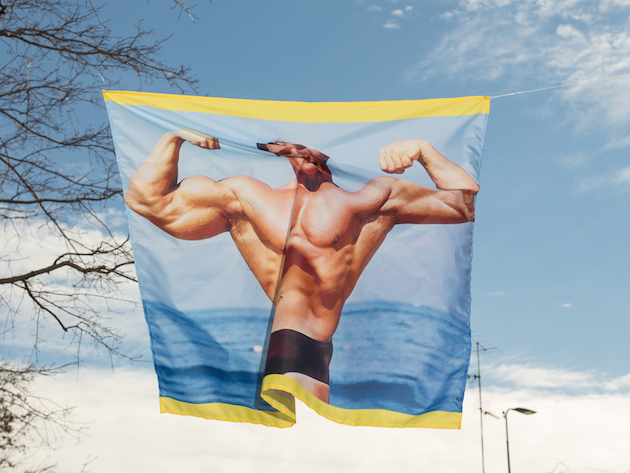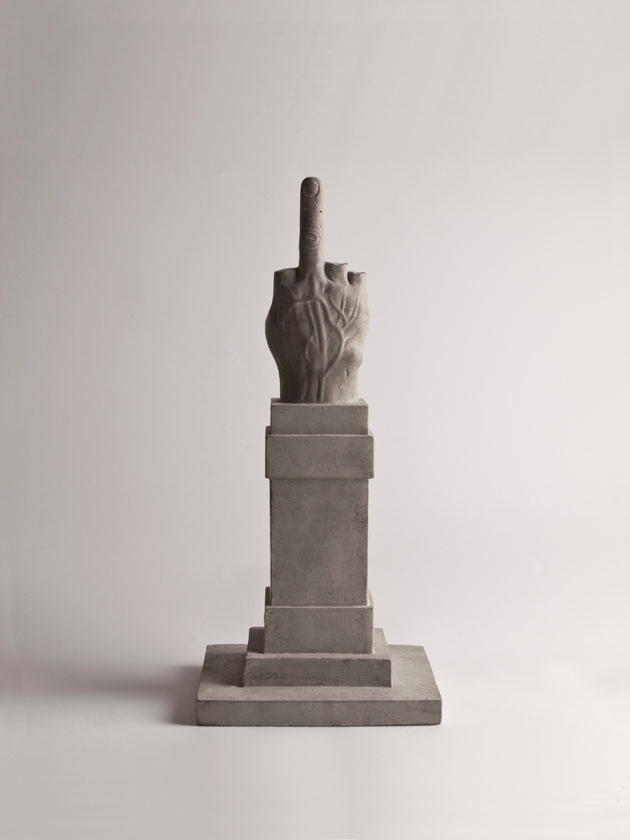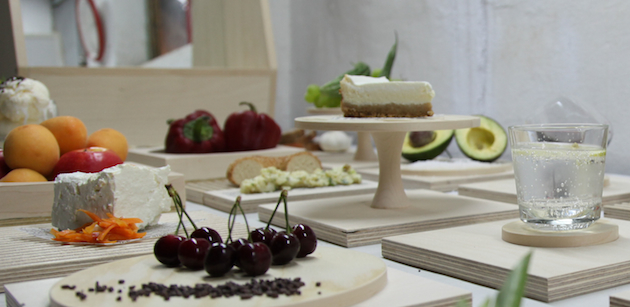
When an important tradeshow slowly transforms itself into a chaotic media circus, the rules that make it work change drastically. Rarely, in an overcrowded scenario of supposed novelties, final users have the chance to check personally what truly deserves a medal for quality and innovation, but are rather guided by the image and the agenda that devilish communication professionals have set for them. “Dura lex, sed lex”, we may say, especially since the digital domain has started to reward indefinite events and to rebound their echoes through social media buzz. This is particularly true for the imminent Salone del Mobile of Milan, the leading international design event that every years gets in town more than 200.000 disoriented professionals, over stimulated by the offer and often incapable to recognize the boundaries of what was, and has now become, a matter of design. Of course, the marketing rules that are engaged in Milan design week are not different to those that govern other worldwide design events. Nevertheless, remaining Milan the biggest tradeshow, it maintains the most hyperbolic and dazed dimension.

But what are the tips that nowadays determine the success of a product or an event at the Salone? Those who had the chance, or the misfortune, to work as journalists, content editors, and PRs for the Salone del Mobile, generally know them quite well:
Anticipate competitors: Salone del Mobile is all about timing. Be the first to unveil your new products – no matter if the prototype you shot does not even work – and you’ll make them memorable for your public before it gets tired and confused by hundred previews.
A good image is better than a good product: nothing is worth as much as a good shooting, because the first filter that any media professional applies is that of an eye-candy visual impact. No matter if the written description that gets along, or the product itself, are not equally enchanting.
Involve edgy bloggers: making a reputed, trendy blogger speak about you is definitively the way to impose your agenda setting to the design community.
Story is better than technique: if a product does not have a concept or a story, please fabricate one. Just a very few people –and definitively not the right ones – get involved by the description of any technical innovation, even if relevant and astonishing.
Build exclusivity: a new design district, a new format or a new “design something” needs to be communicated as an initiation for a privileged few.

Finally, should we ask ourselves if this all makes sense? Of course we should, but we actually don’t, because if this is all simply about participating in a circus, nobody wants to be the first to leave the party.
Giulia Zappa
